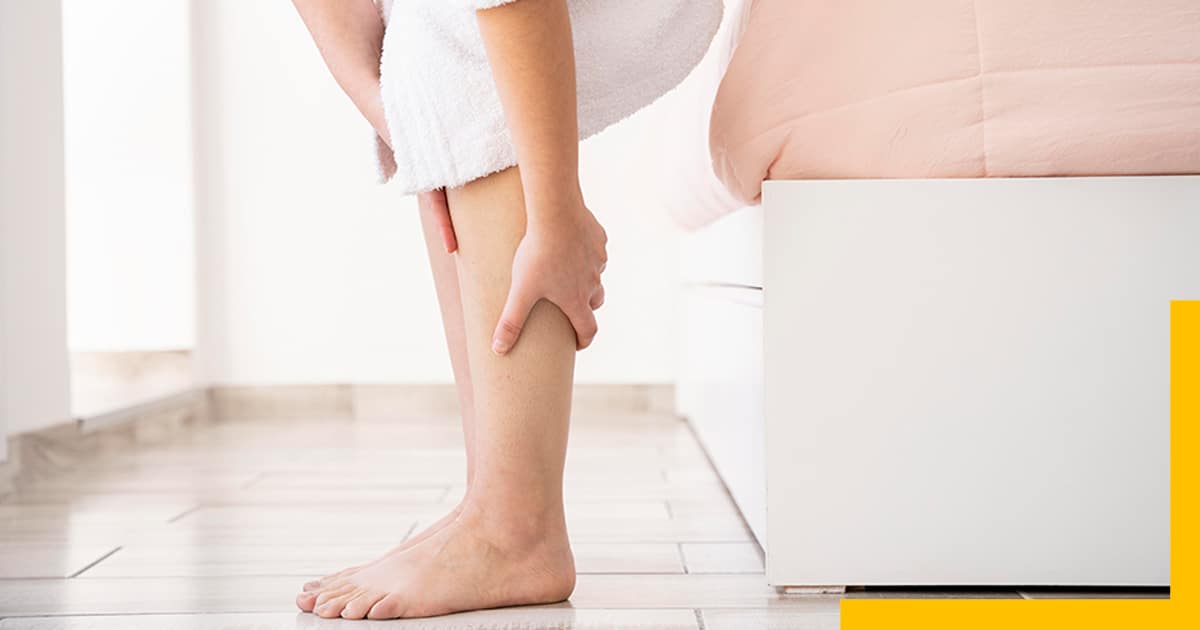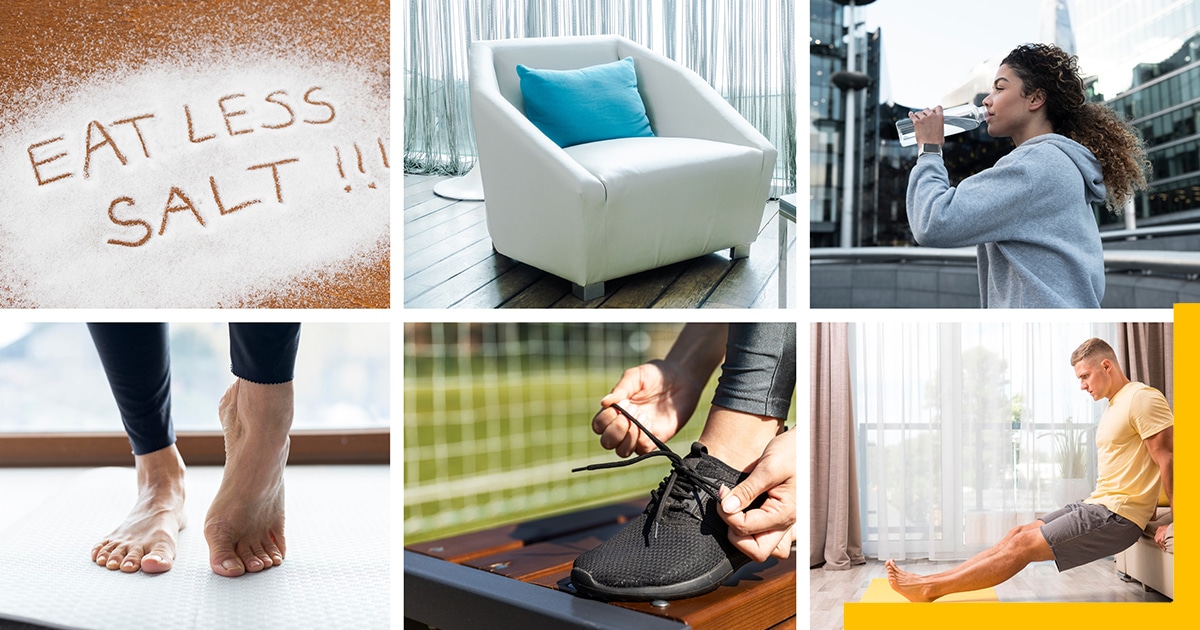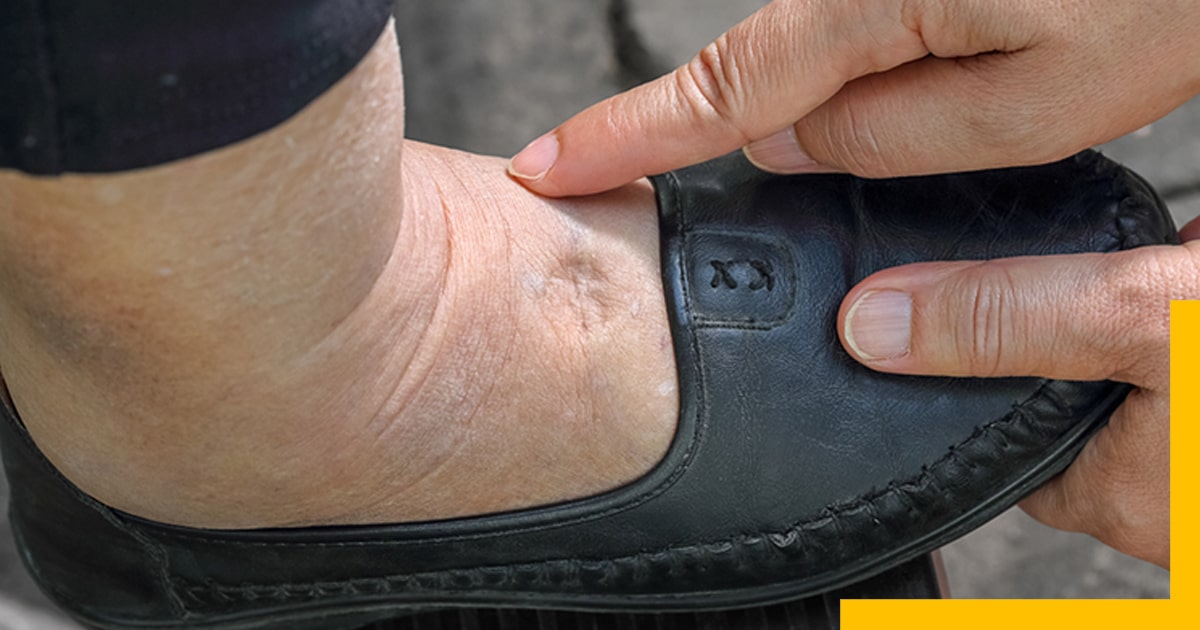Why Do My Feet Swell When I Travel? Causes and Solutions
Have you ever stepped off a long flight or car ride to find your feet have mysteriously transformed into puffy balloons? Travel-related foot swelling is a surprisingly common annoyance, leaving many travelers wondering, Why do my feet swell when I travel?

In this blog post, we’ll unveil the reasons behind this uncomfortable phenomenon and discuss ways to keep your feet feeling their best, even when you’re on the go. Whether you’re battling the boredom of a long-haul flight or enduring hours in a cramped car, your feet don’t have to suffer. Let’s explore the causes of swollen feet and find solutions to keep you comfortable during your travels.
Contents
Common Causes of Feet Swelling During Travel

Swelled feet can become a hassle while traveling. Many people suffer from it without knowing the cause. Here is the list of factors that contribute to feet swelling when you’re on the go:
High-sodium Diet: We all know travel snacks and airplane foods are loaded with salt. When foods like these are consumed in high quantities, the excess sodium in them makes your body retain water, which can result in body swelling.
Prolonged Immobility: Sitting in cramped spaces (plane or car) for extended periods reduces blood circulation in the body. When gravity pulls down all your body fluids, they pool down in your feet and ankles.
Dehydration: If you have ever traveled to Qatar or Emirates Airlines, they provide you with hydration tablets because they know not drinking enough fluids during the travel can lead to swelling. When you’re dehydrated, your body tries to conserve the stored water, which can include areas like your ankles and feet.
Cabin Pressure Changes: The air pressure in the cabins of the airplane can affect and alter the system of your body. When it affects the fluid consumption in the body, it leads to swelling, particularly in the lower extremities.
Underlying Medical Conditions: In some cases, foot swelling while traveling might be a sign of an underlying medical issue such as kidney issues, heart problems, deep vein thrombosis (DVT), or problems with your veins.
Early Cues to Watch for Feet Swelling
Have you ever noticed your shoes feeling tighter and more comfortable after a day or two of traveling or sitting for an extended period? It could be an early sign of foot swelling, also known as oedema. Here are some of the subtle things to look out for that might indicate your feet are starting to swell:
Sensation of Tightness or Fullness: Suddenly, your ankles and feet might feel a bit heavier, puffy, or just ‘full’ compared to how they usually feel. This is a sign of fluid building up within the tissues of your ankle and feet.
‘Pitting’ Indentations: Gently press your finger into your ankle or foot, and it leaves a little dent for a couple of seconds, which is a sign of swelling. This is called ‘pitting edema’, and it indicates fluid collecting in the area.
Stretched or Shiny Skin: Take a look around your ankles and the top of the feet after traveling or sitting for long hours to see if they look extra shiny or stretched. This happens when the fluid in those areas stretches the kin from underneath.
Socks Marks: Do your socks leave deep marks on your ankles than usual? These deeper indentations could mean extra fluid is lingering in the area, even after you take your socks off.
Difficulty moving ankles or feet: It might be more challenging to bend your ankles or wiggle your toes when your feet are swollen. The extra fluid can make your joints and the surrounding area feel stiff.
How to Prevent Swollen Feet During Travel?

Unfortunately, traveling for extended periods can cause swelling of feet, but don’t worry; it won’t ruin your adventure. Now, we’ll learn how you can keep those beautiful feet of yours happy and comfortable, with tips for before, during, and after your trip.
Get Ready: Pre-Travel Foot Care
Like you plan and prepare before starting your trip to ensure you have a smooth journey, you should also take care of your body, especially your feet, because they might get swollen. To avoid it, ensure to take these measures:
Compression Socks are Your Friend: If you don’t have them, then purchase them. These unique socks are designed to gently squeeze your legs, which helps blood flow better and prevents your feet from puffing up.
Water is Key: Always carry a temperature-controlled water bottle and stay hydrated. It helps your body manage fluids and cuts down on swelling. You can also purchase hydration tablets or drinks with electrolytes from your nearest pharmacy.
Check with the Doc: If going on the trip, visit your doctor, especially if you have serious health issues or any concerns.
Game Plan for the Journey
So now you have started your journey and packed all the essentials, but that’s not enough. You need to take care of your feet during the trip as well. Here’s what you can do to prevent swelling:
Take Stretch Breaks: On long drives or flights, get up or make a stop every hour or two. Walk the aisle or step out from your car and walk around. If there’s space, do simple foot and ankle exercises. Remember, you don’t have to do heavy lifting; you can just do anything to get your blood moving.
Hydration Station: In the previous section of the blog, we talked about packing hydration tablets and carrying a water bottle because staying hydrated throughout the journey is necessary, especially on a plane where the air is dry. Also, avoid drinking too many trip solids because they make swelling worse.
Salty Snacks are the Enemy: Everyone packs salty snacks for the trip as it helps with motion sickness. However, consuming high quantities of sodium products can cause swelling. Always eat unsalted nuts, veggies, and fruits to stay healthy and hydrated.
Welcome Home: Post-Travel TLC
Happy to return home from the long trip? You must be glad that you have safely returned and are in good health. However, there are high chances of your feet getting swollen after a tiring trip. To prevent foot swelling then, follow these tips:
Feet Up: Take rest and relax for a good 20 minutes with your feet elevated. This will help drain away all the extra fluid buildup.
Give a Massage: Go for a full-body massage. It will help to improve blood circulation and loosen any stiffness in the body, especially ankles and feet.
Visit your Doctor: If you feel your feet painful, swollen, or lose sensation in the legs or feet, don’t ignore it. Consult your doctor to ensure everything is perfectly fine.
Special Notes
Travelers with diabetes should take extra care. Take additional steps to prevent foot swelling and consult your doctor every month. It’s suitable for a yearly foot checkup. It will help in catching foot problems early, including things that might make you more prone to achy feet.
Bottom Line
After reading this blog, we are pretty sure you understand why your feet swell when flying or traveling long distances. Feet getting swelled up is common when traveling, but you can easily prevent it by taking all precautionary measures and good care of your feet.
Approximately 87% of individuals face foot-related issues once in their lifetime. So it’s better to look after them before catching a severe problem.
Frequently Asked Questions
How do I stop my legs from swelling when traveling?
To prevent swollen legs and legs during travel, sit in the aisle seat and get up frequently to stretch your legs. Use your luggage as a footrest to avoid pooling fluids in your feet, and walk around the aircraft to improve blood circulation.
Why do my feet swell so severely when I travel?
Swelling can get worse during travel because gravity pulls down the fluids in your body toward Earth, and they end up pooling in your feet, which causes swelling.
Does drinking water reduce swollen ankles?
Staying hydrated while traveling reduces and prevents swelling. Drinking less water can worsen the swelling.



